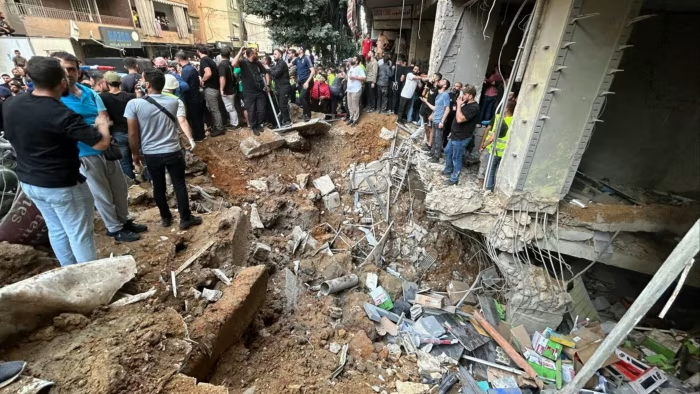Israel’s military has confirmed that 31 of the 136 hostages taken by Hamas in Gaza are dead, and that it fears more may have been killed by the militant group or by the Israeli airstrikes that have targeted the coastal enclave since Oct. 7.
The confirmation came after a document compiled by Israeli intelligence officers, and reported by the New York Times on Sunday, suggested that 32 hostages had died as of Oct. 23, either from injuries, illnesses, or executions by Hamas. The document also said that four hostages had escaped, and that the rest were still in captivity, in unknown locations and conditions.
The document, which was based on information from various sources, including informants, interrogations, and communications intercepts, was described by the Times as “the most detailed and comprehensive assessment of the hostage situation to date.”
The document also revealed that the hostages were a diverse group of Israeli citizens and residents, including Jews, Arabs, Christians, and foreigners. They ranged in age from 16 to 82, and included students, teachers, doctors, lawyers, soldiers, and tourists. They were abducted by Hamas militants who infiltrated Israel through tunnels and attacked several locations, including a school, a hospital, a synagogue, and a bus station, on Oct. 7.
The document said that Hamas had initially demanded the release of 1,000 Palestinian prisoners in exchange for the hostages, but that Israel had rejected the offer and launched a massive military operation to rescue them and to destroy Hamas’ infrastructure and capabilities in Gaza.
Through Negotiation
The document also said that Israel had tried to negotiate with Hamas through intermediaries, such as Egypt, Qatar, and the UN, but that the talks had failed to make any progress, as Hamas had refused to provide any proof of life or location of the hostages, and had increased its demands and threats.
The document also said that Israel had received unconfirmed intelligence indicating that at least 20 other hostages may have also been killed, either by Hamas or by the Israeli airstrikes that have targeted hundreds of sites in Gaza, including Hamas’ headquarters, weapons depots, rocket launchers, and tunnels. The document said that Israel had tried to avoid civilian casualties and collateral damage, but that it could not rule out the possibility that some of the hostages may have been caught in the crossfire.
The document also said that Israel was facing a complex and challenging situation, as it had to balance the need to rescue the hostages, the need to deter and defeat Hamas, and the need to minimize the humanitarian and diplomatic costs of the war.
The document also said that Israel was hoping for a breakthrough in the hostage crisis, either through a military operation, a diplomatic intervention, or a change in Hamas’ position, but that it was prepared for a prolonged and difficult confrontation, as it expected Hamas to continue to fire rockets at Israel and to use the hostages as human shields and bargaining chips.
The document also said that Israel was grateful for the support and solidarity of the international community, especially the US, the EU, and some Arab countries, but that it was also facing criticism and pressure from some quarters, especially the UN, the human rights groups, and the pro-Palestinian activists, who have accused Israel of violating international law and human rights, and have called for an immediate and unconditional ceasefire.
The document also said that Israel was determined to do everything in its power to save the hostages, to protect its citizens, and to restore its security and sovereignty, and that it would not give up or give in to Hamas’ demands and threats.
The document also said that Israel was praying for the safe return of the hostages, and for the end of the war and the suffering of the people on both sides.








